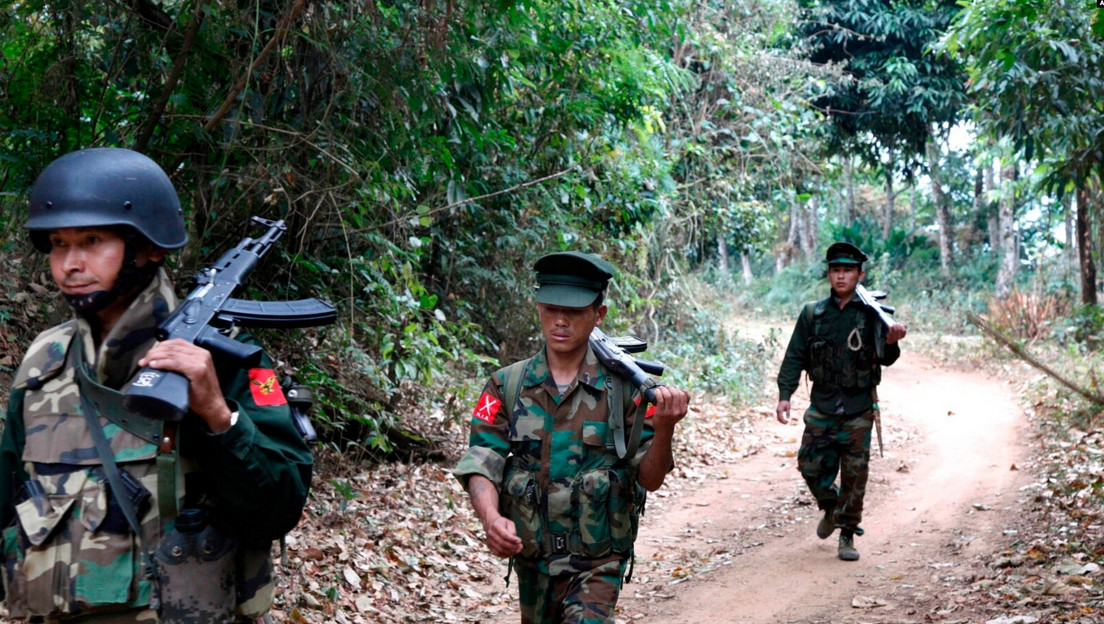Regular security audits and community involvement are critical components of maintaining and enhancing the security of blockchain technology.
These practices ensure that vulnerabilities are identified and addressed promptly, leveraging the expertise of both professional auditors and the broader community.










Here’s how these components work:
Regular Security Audits
1. Professional Audits
Comprehensive Reviews:
Code Review: Detailed examination of the blockchain’s source code, smart contracts, and underlying protocols to identify potential vulnerabilities and logic errors.
Vulnerability Scanning: Automated tools and manual testing techniques are used to scan for common security issues such as buffer overflows, injection attacks, and misconfigurations.
Penetration Testing:
Simulated Attacks: Ethical hackers perform simulated cyber-attacks to test the resilience of the blockchain network and applications against real-world threats.
Exploit Detection: Identifying exploitable vulnerabilities and assessing the potential impact on the system’s security.
Smart Contract Audits:
Formal Verification: Using mathematical proofs to ensure that smart contracts behave as expected and are free from vulnerabilities.
Security Analysis Tools: Automated tools like Mythril, Slither, and Oyente analyze smart contracts for security flaws, providing developers with actionable insights.
Continuous Monitoring:
Ongoing Assessment: Regularly scheduled audits and continuous monitoring of the blockchain network to detect and respond to new vulnerabilities as they arise.
Patch Management: Implementing patches and updates to address identified vulnerabilities and improve security.
Community Involvement
2. Bug Bounty Programs
Incentivizing Security Research:
Rewards for Discoveries: Offering financial incentives to security researchers and ethical hackers who identify and report vulnerabilities in the blockchain network or smart contracts.
Diverse Perspectives: Encouraging a wide range of participants to contribute to security testing, leveraging diverse skills and viewpoints.
Transparency and Accountability:
Public Reporting: Making the results of bug bounty programs and security audits public to maintain transparency and build trust within the community.
Community Trust: Demonstrating a commitment to security and responsiveness by publicly acknowledging and addressing reported issues.
3. Open Source Collaboration
Peer Reviews:
Community Audits: Encouraging the open-source community to review and audit the blockchain’s codebase, providing additional layers of scrutiny.
Collaborative Development: Engaging developers from around the world to contribute to the improvement and security of the blockchain network.
Open Standards:
Interoperability: Promoting the use of open standards and protocols to ensure compatibility and security across different blockchain networks.
Shared Best Practices: Facilitating the exchange of best practices and security guidelines within the community to elevate the overall security posture of blockchain technology.
4. Security Awareness and Education
Community Training:
Workshops and Webinars: Conducting educational sessions for developers, users, and stakeholders on best practices for blockchain security.
Resource Sharing: Providing access to security resources, guidelines, and tools to help the community stay informed and vigilant.
Awareness Campaigns:
Informing Users: Raising awareness about common security threats and how to mitigate them, empowering users to protect their assets and data.
Promoting Best Practices: Encouraging the adoption of security best practices, such as using hardware wallets, enabling multi-factor authentication, and regularly updating software.
5. Governance and Policy Development
Community-Driven Governance:
Decentralized Decision-Making: Involving the community in governance decisions, including those related to security protocols and updates.
Consensus Mechanisms: Utilizing consensus mechanisms to ensure that changes to the network are agreed upon by a majority of participants, enhancing security and trust.
Policy Formulation:
Security Policies: Developing and implementing security policies and procedures in collaboration with the community to ensure comprehensive protection against threats.
Compliance and Standards: Adhering to industry standards and regulatory requirements to maintain a high level of security and compliance.
Conclusion
Regular security audits and active community involvement are essential for the robust security of blockchain networks. Professional audits provide thorough and expert evaluation of the system, while community-driven initiatives bring diverse perspectives and collaborative problem-solving. Together, these practices ensure that blockchain technology remains secure, resilient, and trustworthy, fostering innovation and confidence in its applications across various industries.

Leave a Reply